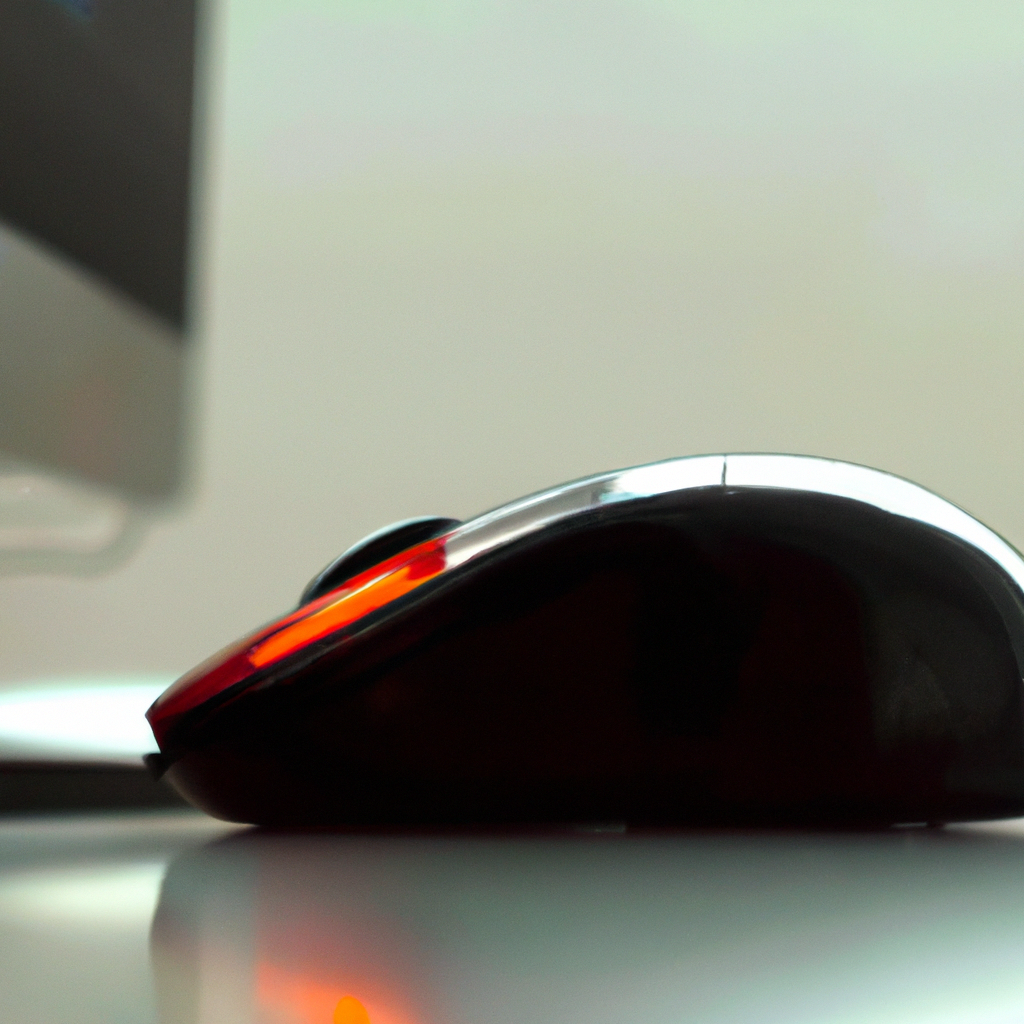A computer mouse is an essential input device that allows users to interact with their computers, providing an easy and intuitive way to navigate and control their devices. But how does a computer mouse communicate with a computer? In this article, we will explore the different communication methods utilized by computer mice, including wired and wireless technologies, as well as the technical aspects of how a mouse’s optical sensor detects movement and translates it into cursor movement on the screen.
Wired Communication: USB Connection
The most common method of communication between a computer mouse and a computer is through a wired USB connection. A USB (Universal Serial Bus) connection is a standardized interface that allows data to be transmitted between devices. The USB connection provides a reliable and fast communication link between the mouse and the computer, ensuring that the mouse movements are accurately reflected on the screen.
When a mouse is connected to a computer via USB, it communicates through a series of electrical signals that are sent between the mouse and the computer. These signals are transmitted through the USB cable, which contains multiple wires that carry data and power to the mouse. The computer interprets these signals and translates them into cursor movement on the screen.
Wireless Communication: Bluetooth
Wireless technology has become increasingly popular in recent years, allowing users to connect devices without needing physical cables. Bluetooth is a wireless communication protocol that is commonly used for connecting computer peripherals such as mice, keyboards, and speakers.
When a mouse is connected to a computer via Bluetooth, it uses radio waves to transmit data between the mouse and the computer. The mouse contains a Bluetooth radio that sends and receives signals to and from the computer. The computer interprets these signals and translates them into cursor movement on the screen.
Optical Sensor
Regardless of the communication method used, a computer mouse relies on an optical sensor to detect movement and translate it into cursor movement on the screen. The optical sensor is located on the bottom of the mouse and uses a tiny camera to take hundreds of pictures per second of the surface on which the mouse is placed.
As the mouse moves, the optical sensor captures these images and compares them to detect changes in position. The sensor then sends this information to the computer, which calculates the distance and direction of movement and translates it into cursor movement on the screen.
Conclusion
In conclusion, a computer mouse communicates with a computer through a wired USB connection or wireless Bluetooth technology. Regardless of the communication method used, the mouse relies on an optical sensor to detect movement and translate it into cursor movement on the screen. As technology continues to advance, we can expect to see new methods of communication and more advanced optical sensors that provide even more precise cursor movement.







